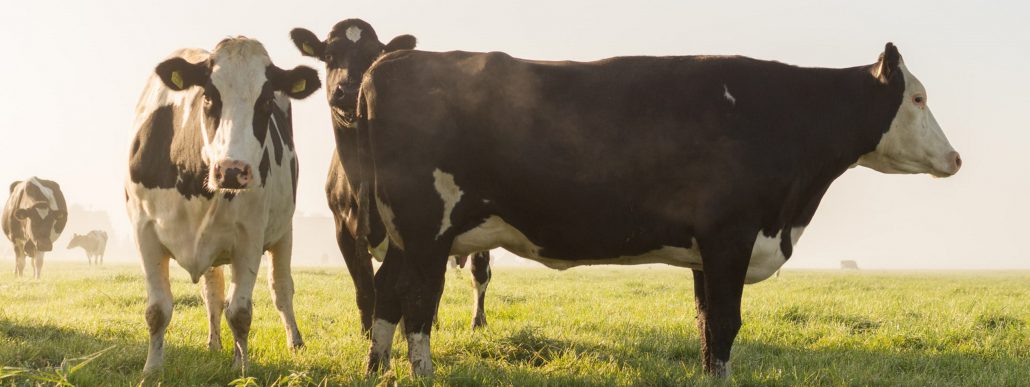A large proportion of grass is made up of fibres called cellulose, hemicellulose and lignin. These fibres are not able to be readily digested by people. Grass therefore has very little nutritional value to people as a direct food source.
Ruminants, such as cattle, are able to digest these fibres. The anaerobic bacteria which live in their rumen break down the fibres. The broken down fibres are in a form that cows can digest and absorb.
Cows are therefore very special. They can make use of the abundance of grass in the world. Grass which has little nutritional value to people. Cows are able to take this grass and convert it into products which have great nutritional value, meat and milk.
Pasture-based dairy farms are essentially in the business of grass-production. Pasture-fed cows are very efficiently converting this grass into valuable food for people.
Milk-production can be very environmentally friendly when this grass is grown in a sustainable manner. Grass that would have been useless, can be converted into a nutritionally valuable, sustainable food source. And we all know how important protein is, especially in the developing world.
The sustainable part is the big challenge. Trace & Save is doing it’s best to have an impact in this area. We support farmers to implement sustainable practices. You, as a consumer, can also play your part by placing pressure on the agricultural industry to farm more sustainably.
- A carbon footprint assessment for pasture-based dairy farming systems in South Africa - 2024-02-07
- What progress have farms participating with Trace & Save made over the past 10 years? - 2023-09-06
- Carbon footprint reduction over time: Lessons from pasture-based dairy farms in South Africa - 2023-09-04

